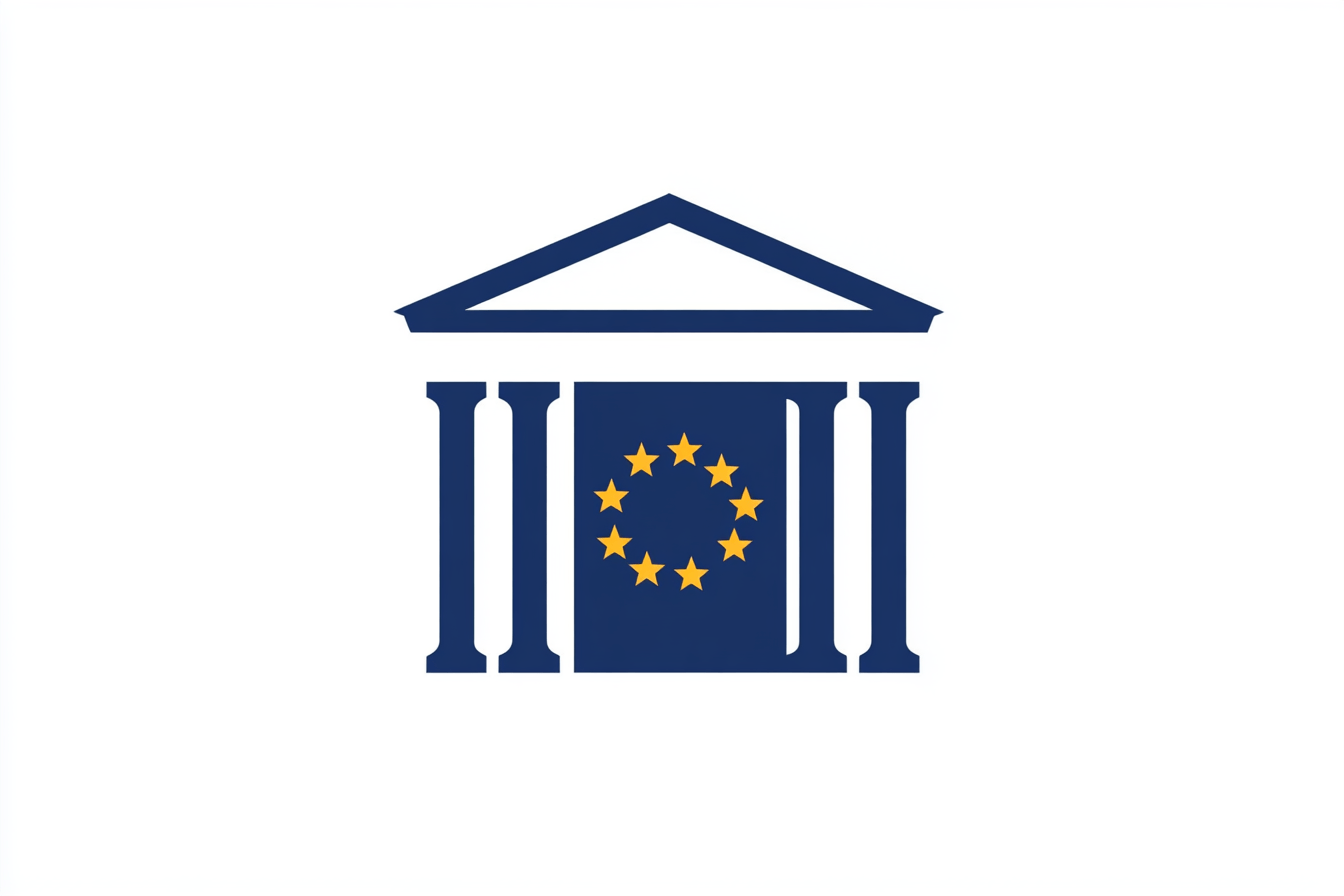Policy Brief n.30 - Tackling Impediments to Capital Markets Union in the EU
Lack of integration of capital markets is a major source of weakness and declining competitiveness of the European economy. While efforts to complete harmonization of capital market legislation in this domain should retain highest priority in the new Commission’s work programme, there is room to advance integration by exploiting the STS regulation introduced by the EU in 2017 as part of its broader efforts to implement the CMU.

-
File
Executive Summary
The lack of integration of capital markets is a major source of weakness and declining competitiveness of the European economy. While efforts to complete harmonization of capital market legislation in this domain should retain highest priority in the new Commission’s work programme, there is room to advance integration by exploiting the Simple, Transparent, and Standardized (STS) regulation introduced by the EU in 2017 as part of its broader efforts to implement the CMU.
The STS regulation seeks to provide banks and non-financial institutions with an effective and less expensive source of funding, and to establish confidence in securitisation by ensuring that transactions are structured in a more straightforward, transparent, and easily understandable manner.
The regulation requires that securitised products meet certain criteria related to simplicity, transparency, and standardisation. These include clear definitions of the underlying assets, better disclosure of risks, and restrictions on the use of excessively complex structures. The goal is to make securitisation a more attractive option for investors while ensuring that it serves as a stable and secure funding mechanism for banks.
By addressing the complexities and risks that contributed to the financial crisis, the STS framework makes it possible to foster a safer and more robust securitisation market in the EU without waiting for full harmonization of capital market legislation.
However, the harmonisation effort is not sufficient to have truly integrated capital markets in the short term. One proposal for speeding up the CMU was recently put forward by both Enrico Letta and Mario Draghi in their Reports for the European Commission: to create a “28th regime” mechanism, which does not envisage regulatory harmonisation between countries but the creation of a parallel legal regime whereby issuers would have immediate access to the most favourable legal regime for their funding already existing in any of the member states.
Of course, borrowers would still have to respect rules of prudent borrowing, as routinely assessed by lenders or intermediaries for direct market funding; and, similarly, lenders and security issues in the market would continue to respect criteria for prudent lending. However, all restrictions to funding operations related to the nationality of the borrowers could be lifted, thus increasing substantially the options for funding available to firms registered in any one of the member states. This approach could also help overcome the restrictions on capital movements within the European Union that this Policy Brief describes.
IEP@BU does not express opinions of its own. The opinions expressed in this publication are those of the authors. Any errors or omissions are the responsibility of the authors.

